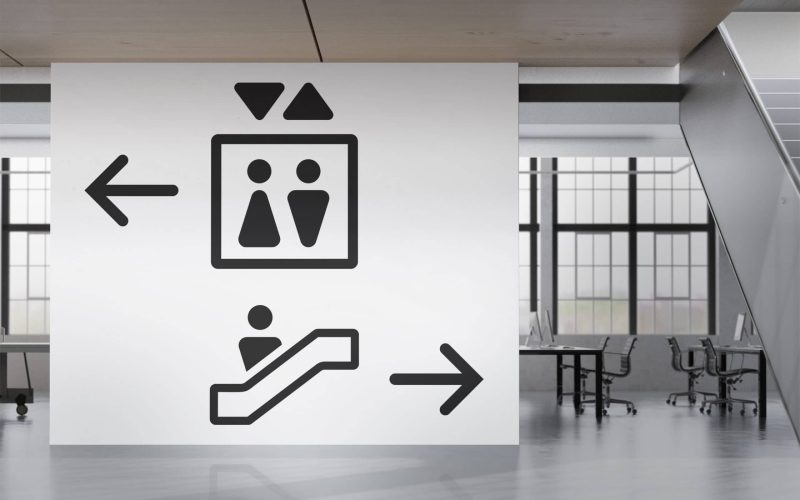In busy public environments, from hospitals to airports to university campuses, helping people find their way efficiently isn’t just a convenience, it’s essential. Although the reality is more complex, many individuals believe that simply posting a few signs will resolve the issue. Wayfinding design and signage are related, but they serve different purposes and operate on different levels. Understanding how they differ can be the key to creating spaces that truly function for the people using them.
At its core, SPM Design Wayfinding Design Los Angeles focuses on more than just direction. It creates a full experience that guides people through space naturally and effectively.
What Is Wayfinding Design?
A methodical strategy for directing people through physical areas is called wayfinding design. It considers how individuals experience an environment and how they make decisions about movement. Good wayfinding isn’t just about signs; it includes spatial planning, visibility, architectural cues, color, typography, and even human behavior.
Rather than focusing on one-off solutions, wayfinding design works as a complete system. It answers questions like: Where am I? Where do I want to go? How do I get there? The answers aren’t always verbal or written. They often come from a combination of visual and environmental cues. For example, a well-lit corridor, consistent design language, or a landmark mural can guide someone just as effectively as a directional sign.
A query such as “Where is the restroom?” is addressed by where signage. Wayfinding design prevents that question from needing to be asked in the first place.

What about Signage?
On the other hand, signage is a part of a broader wayfinding plan. Signs are tangible tools, arrows, labels, directories, and room numbers that communicate information directly. They’re vital, but without an underlying structure, signage can become overwhelming, inconsistent, or even misleading.
When signage is created without considering how people navigate a space holistically, it often ends up solving isolated problems rather than supporting a coherent experience. That’s why relying solely on signs, without the context of a wayfinding plan, can result in missed opportunities to improve how people interact with a space.
Why the Difference Matters?
Understanding the distinction between wayfinding design and signage is especially important for complex environments. Think of a multi-story hospital where patients, visitors, and staff all have different needs and expectations. Simply placing more signs isn’t enough—those signs need to work together within a system that’s intuitive, consistent, and contextually aware.
In wayfinding design, placement is just as important as the content of a sign. The message must be visible at the right time, from the right angle, and in a format the user can easily understand. It combines planning, psychology, and design.
Conclusion
Investing in wayfinding design leads to more than improved directions. It enhances user satisfaction, reduces stress, and strengthens the identity of a space. It also supports accessibility by considering users with varied needs, including people with visual impairments, language barriers, or limited mobility.
By approaching navigation as a full experience rather than a collection of signs, environments become more welcoming and efficient.
If your organization is planning a new space or struggling with confusing navigation, it might be time to think beyond signage. For thoughtful and functional wayfinding design, SPM Design Wayfinding Design Los Angeles brings a clear and comprehensive approach that turns complex environments into easy-to-navigate experiences.
